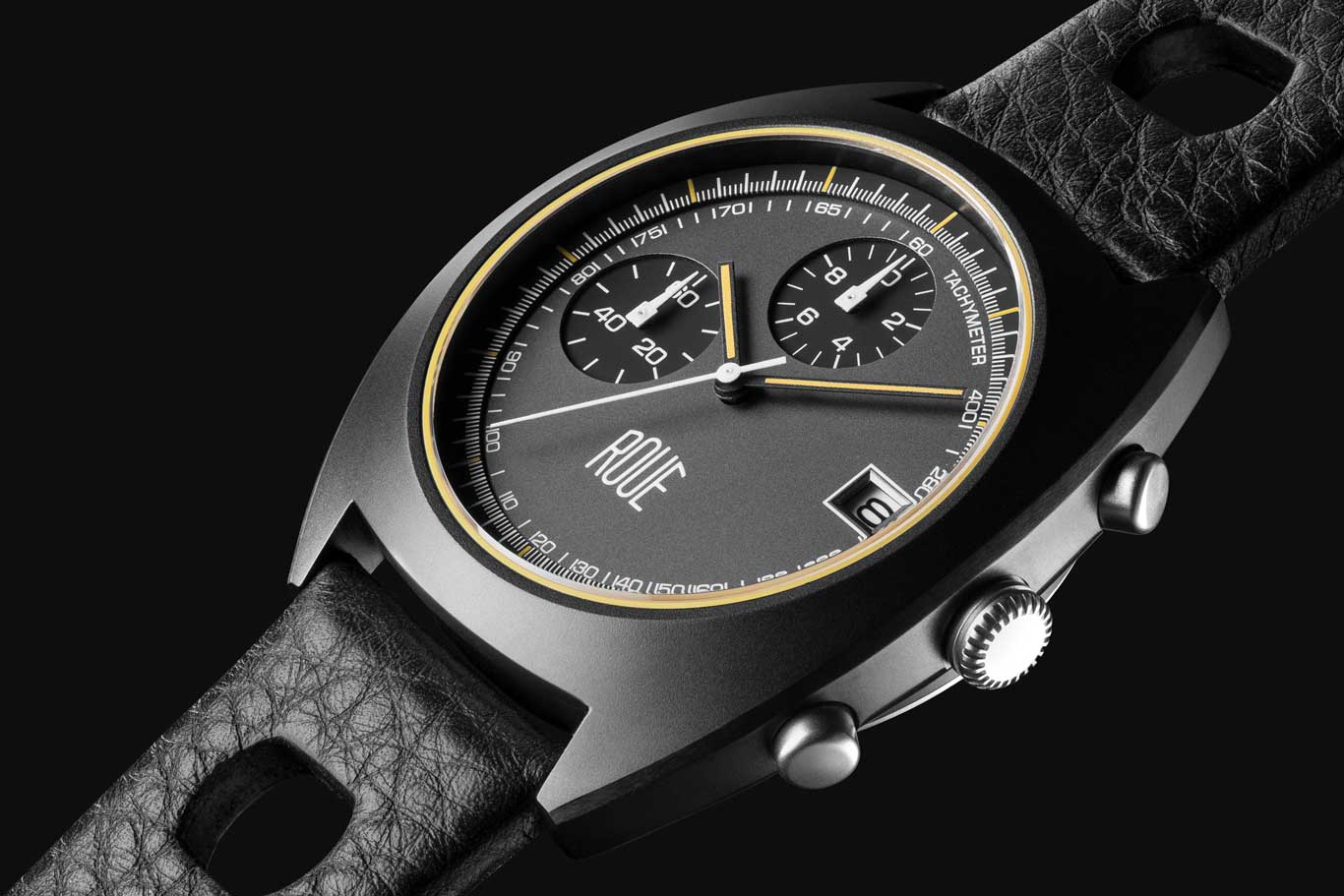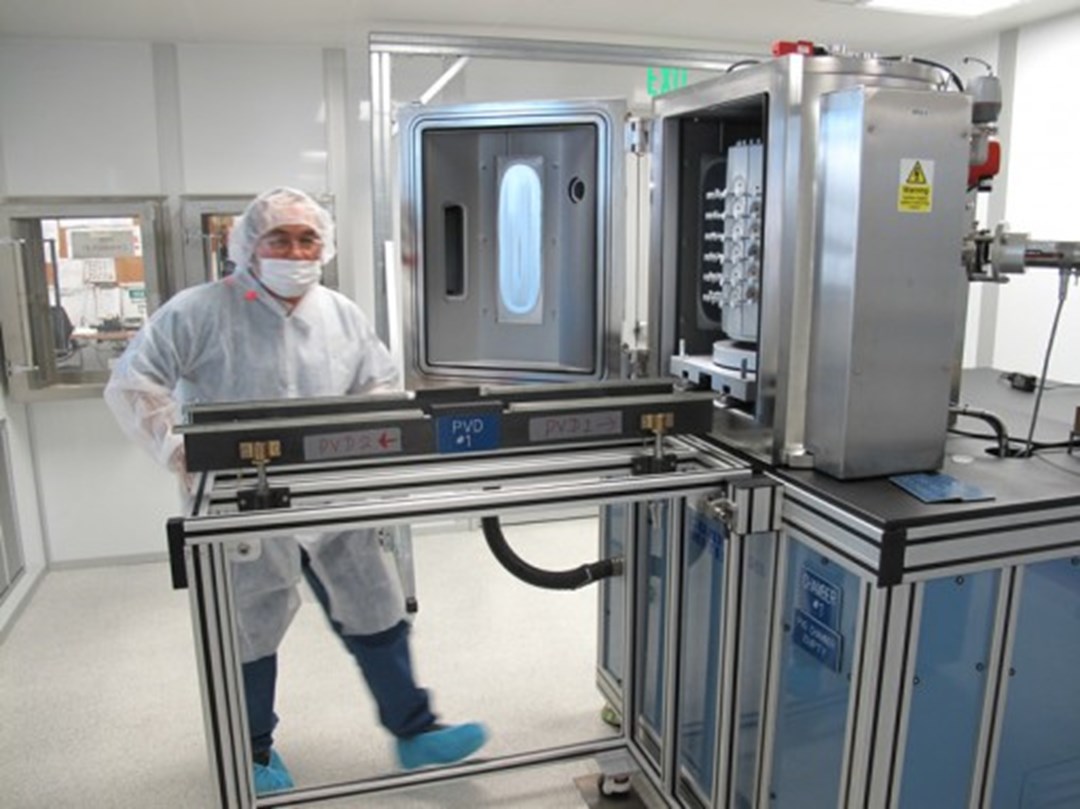There are questions about the coating, finishing quality and durability of black watches. Some people tell me that they love black watch aesthetics but are afraid of its look over the years. It is easy to understand their fear. For many years, since the first full black watch was created by Porsche Design in 1972, these timepieces painting regularly deteriorated in a short period of time showing wear and imperfections. Decades later, the coating technology significantly advanced and the process we use today on ROUE watches guarantees a flawless look and long lasting quality, if not eternal.
PVD – Physical Vapor Deposition
The black coating process we use on our watches
PVD is a process that applies and bonds a small layer of metal compounds to the base metal of a watch. In the world of watches, this base metal usually consists of stainless steel or titanium, although almost any material can be PVD coated. Thin layers of material goes from a condensed to a vapor phase in a high temperature and vacuum environment and then back to a thin film condensed phase that will tightly bond to the material beneath it. The coating thickness is usually between 0.25 microns to 5 microns.

PVD coatings are harder and more corrosion resistant than coatings applied by the electroplating process. They have high temperature and good impact strength, excellent abrasion resistance and are so durable that protective topcoats are not necessary.

PVD maintenance is simple. You can use a soft damp cloth with mild soap and water. Avoid all products designed to remove tarnish or rust, and contain hydrochloric, hydrofluoric, and/or phosphoric acid or caustic agents. Also avoid bleach and scouring pads (such as Scotch Brite®).

Alex Iervolino, Designer, ROUE Watch.
